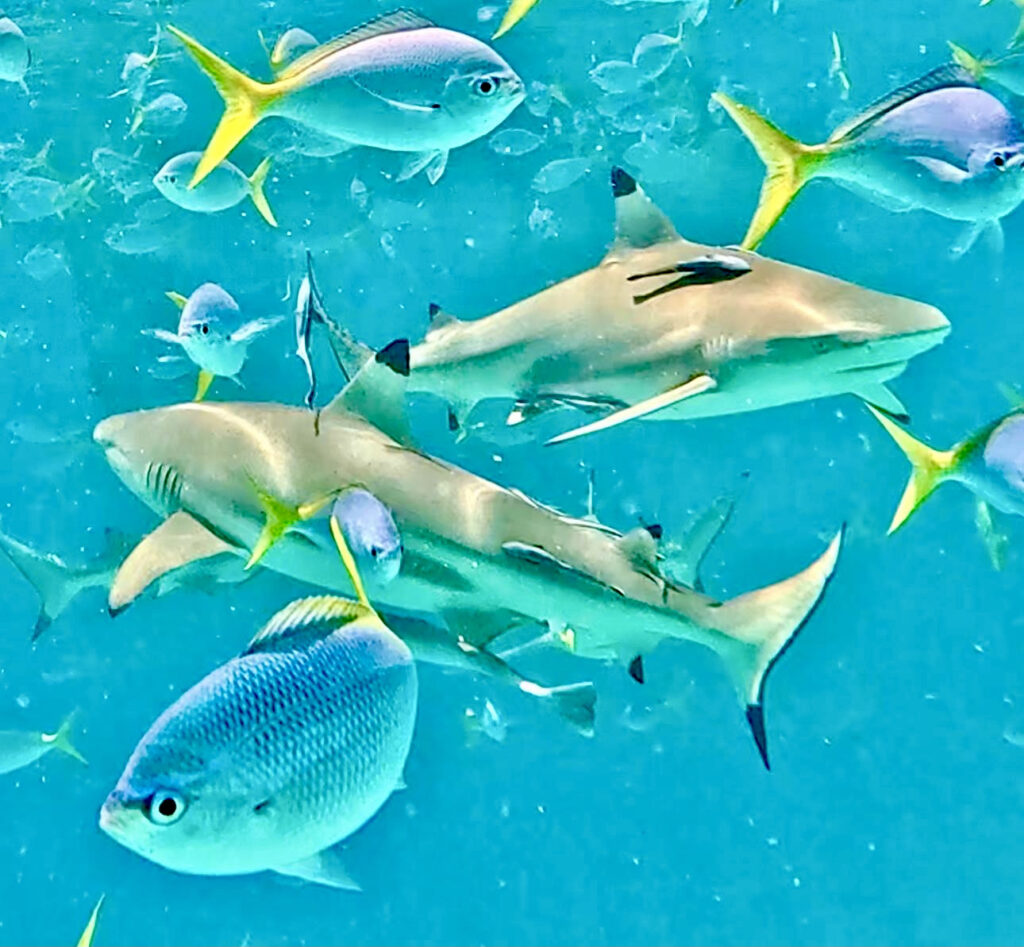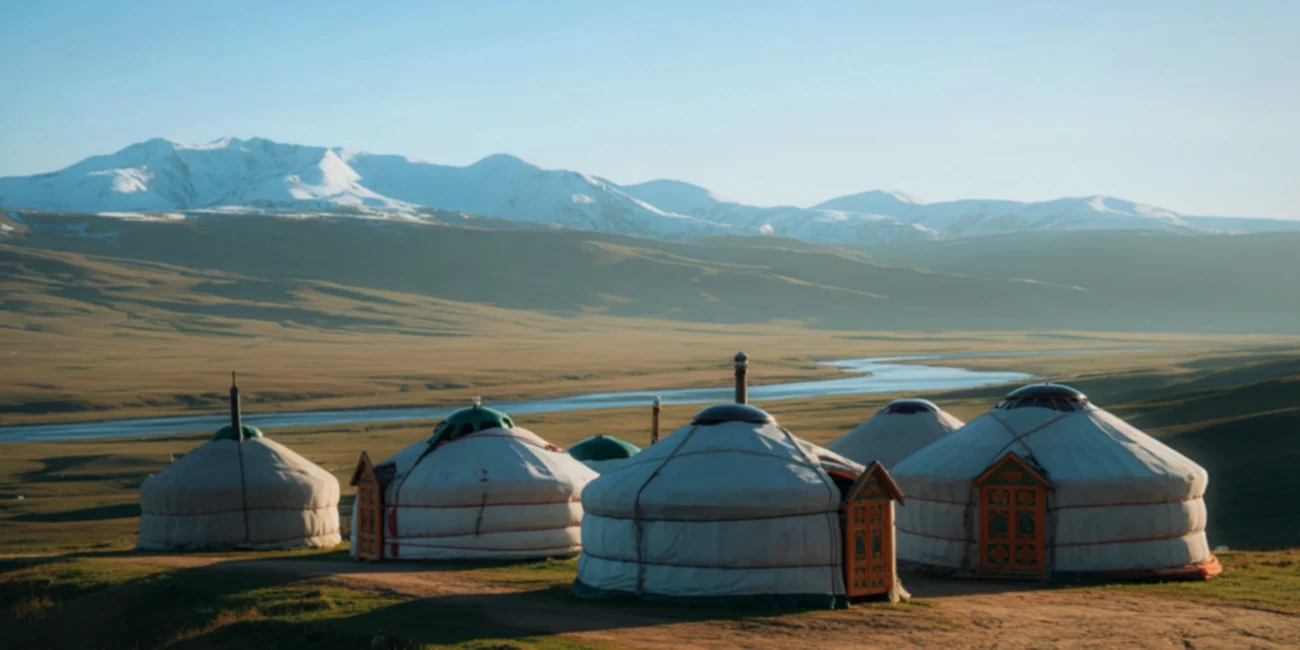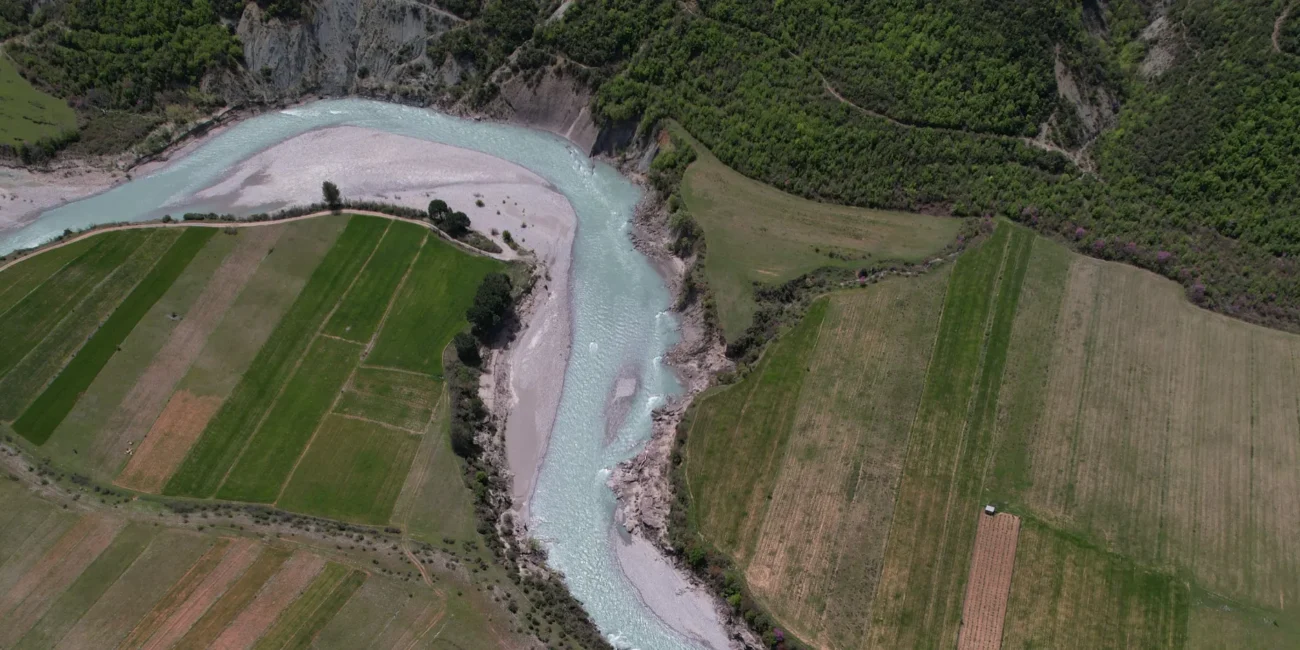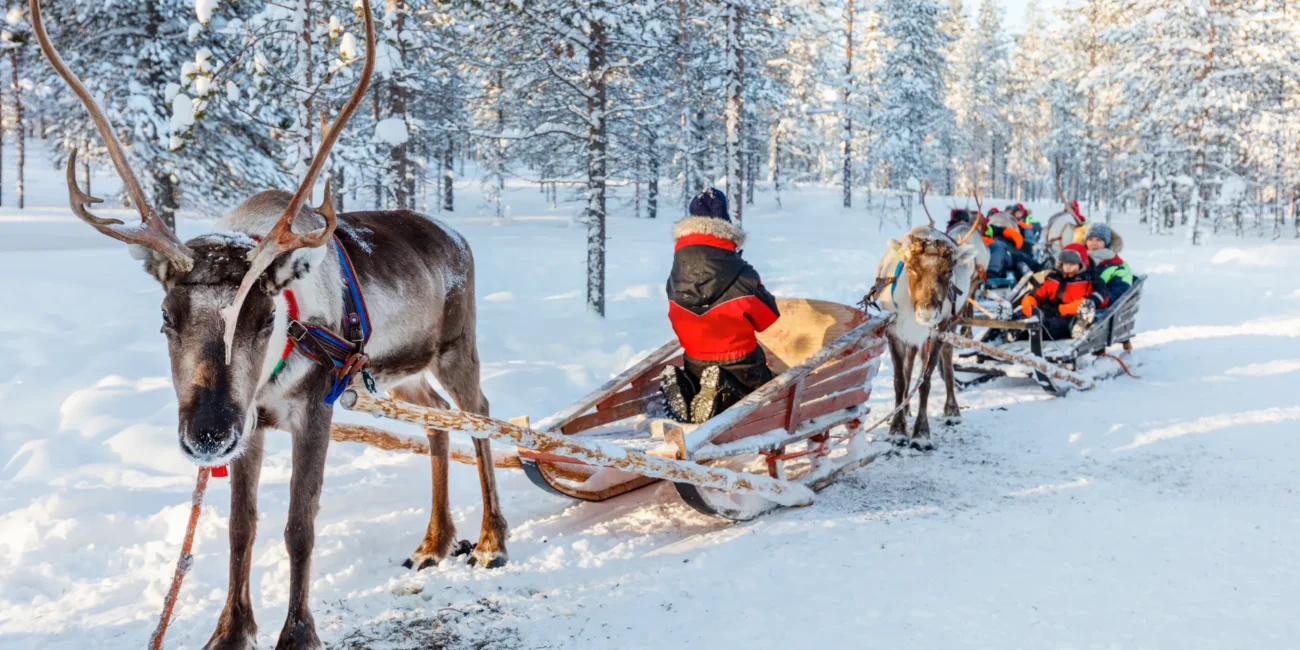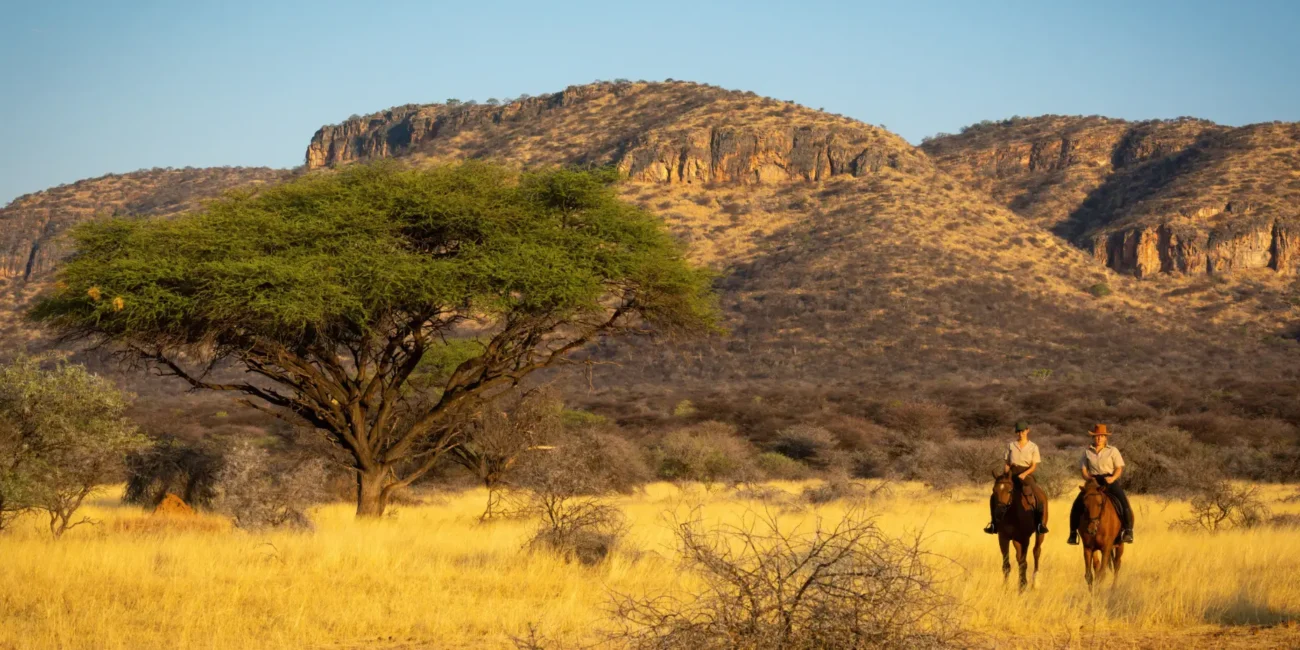Visiting Palau has been one of the most remarkable and affirming experiences of my life. Spending hours in the ocean observing turtles, sharks, rays and a host of other marine species, including cuttlefish changing colour and form to their immediate environment, has proven to be one of the greatest joys and wonders in the world.
I grew up watching and entranced by the TV series ‘The Undersea World of Jacques Cousteau’. Such was the impression Cousteau’s series made on me, as a very young child my first pet was called ‘Calypso’, after his fabled research vessel. My experiences in Palau brought back these vivid memories directly. With a particular snorkelling experience on this journey, a fellow traveller commented that this must be “the day you fell in love with sharks” – and it truly was.
Throughout the course of the last 12+ months, Journeys With Purpose has worked alongside the world-class organisations of Island Conservation and Scripps Institution of Oceanography, in association with Re:wild, on a ‘Restoring Island-Ocean Ecosystems’ journey to champion and support the Island-Ocean Connection Challenge (IOCC).
The IOCC aims to restore at least 40 globally significant island-ocean ecosystems from ridge to reef by 2030 to benefit people, wildlife and our planet. This goal is delivering tangible action and successes, and signifying more widely the essential connection between island health and ocean health. Holistically restoring islands delivers outsized benefits for wildlife, oceans, people and climate impacts.
Key IOCC messages:
- Healthy oceans need healthy islands
- island and marine ecosystem elements cycle into one another, sharing nutrients vital to the plants and animals within them. Invasive species damage these fragile ecosystems and work to remove these in order to restore balance and endemic species such as the Megapode bird is vital.
- Everything is connected – Indigenous Peoples and local communities know this
- Indigenous Peoples and local communities have long understood and managed their natural resources in the context of island-to-sea connections. As Wayne Andrew, Micronesia Director of OneReef says “Community is not people alone. Community is a place, the reef. The respect of all that is so important”. This is rooted in their traditional knowledge and wisdom, including ancient oral stories such as the “Megapode Bird and Hawksbill Turtle”. It is essential to support local leadership and communities in the decisions they wish to make to protect these vital ecosystems.
- Collaboration is essential
- taking a collective approach to sustainable science and the importance of collaboration with local communities to achieve more holistic results.
- Emerging Science and Impact Monitoring
- global scalability of work informed by science. Emerging research shows people, wildlife and marine environments benefit when island-ocean connections are restored.
- Islands are on the frontline of environmental crises
- a staggering 41% of critically threatened species are found on islands
- 27% of all languages come from island communities
- surrounding coral reefs are home to 25% of all marine life
We travelled with leadership from Palau’s local communities, Island Conservation, Scripps Institution of Oceanography and supporters of these organisations. The collective experience of our time with these communities, and snorkelling and diving, was quite remarkable – a true spirit of togetherness and bonding developed that we will treasure for the rest of our lives. And importantly to take forward into action.
My key takeaways are thus:
- People make Places
- this is never more true than in Palau. There are approximately 20,000 local inhabitants on Palau’s islands, and they demonstrate an incredible bond, cohesiveness and strength together. This is brilliantly encapsulated by the local Hatohobei community, who rejected sizeable bribes to thwart a significant illegal fishing operation – “… we’re doing it for our people, for the future generations”.
- Impact at Scale
- the Palau National Marine Sanctuary (PNMS), effective 1 January 2020 with support from the Palauan government and several NGOs, is one of the largest marine protected areas (MPA) in the world. It was the first MPA of its kind, protecting 80% of a country’s national waters in a fully protected no-take zone.
- the PNMS protects a vast array of marine life and unique geological features within its over 475,000 km2, an area larger than Germany, Japan, Iraq, Sweden, etc. Eight hundred marine vertebrate species call the PNMS home, including nearly 30 different marine mammals and 60 shark and ray species, though these numbers are likely underestimated, as the biodiversity of the PNMS remains understudied.
- all achieved with the spirit of just 20,000 Palauans.
- Be Brave
- as above, the Palauans have been incredibly brave in their approach with their communities, natural environment and ambition. Very sadly, this is not the norm around the world, but is, however, a lesson for us all – trust our hearts and do the right thing to help deliver today a viable future. We must turn the currency of hope into the currency of action.
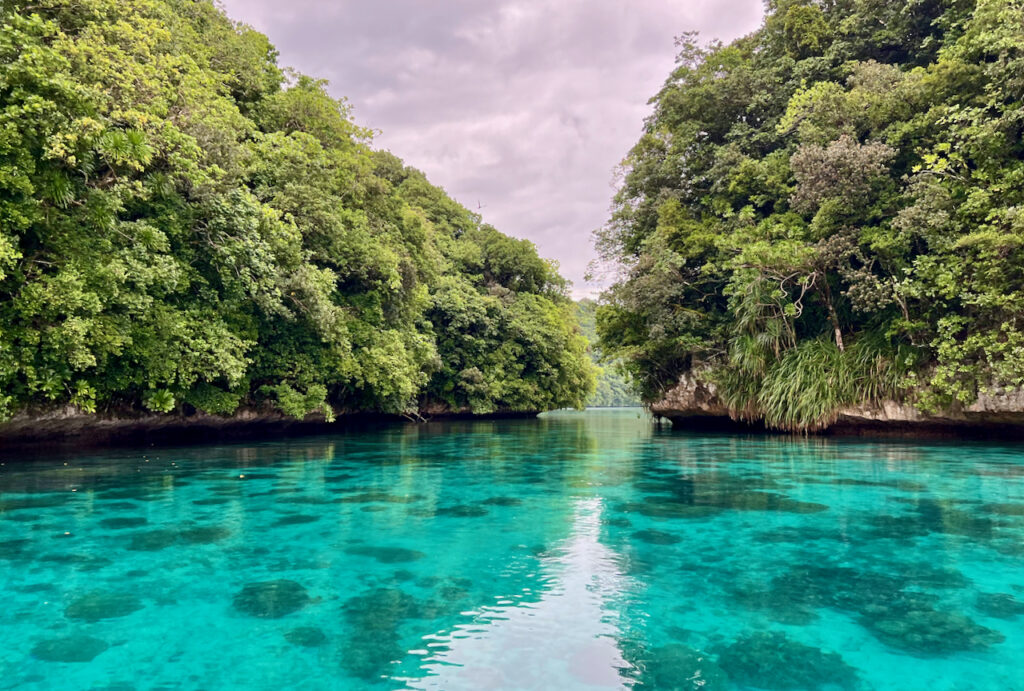
A tribute to the people of Palau:- in memoriam to Prince LeeBoo of Palau, 1763 to 1784.
With the consent of his father King Ibedul of Koror, Prince LeeBoo departed Palau with Captain Henry Wilson and the crew of the Antelope to London, England on 12 November 1783. Whilst in London, Prince LeeBoo became Palau’s de facto ambassador of goodwill to England, and a scholar. However, LeeBoo’s plan of returning to Palau to spread knowledge and scientific discoveries to his people ended abruptly when the young prince succumbed to smallpox in the winter of 1784. The remains of Prince LeeBoo and his plans lay buried today in the courtyard of St. Mary’s church in Rotherhithe, London, England.
Despite the dilapidation of time, the spirit of Prince LeeBoo continues to live in the hearts of the people of Palau – their immense strength of community, positive impact and fortitude. His story, and purpose in life, remains widely told amongst the people of Palau today.
DIG A LITTLE DEEPER
Contribute to Positive Impact on a Hosted Journey.
Connect with Impact Partners around the world during a Private Experience.
